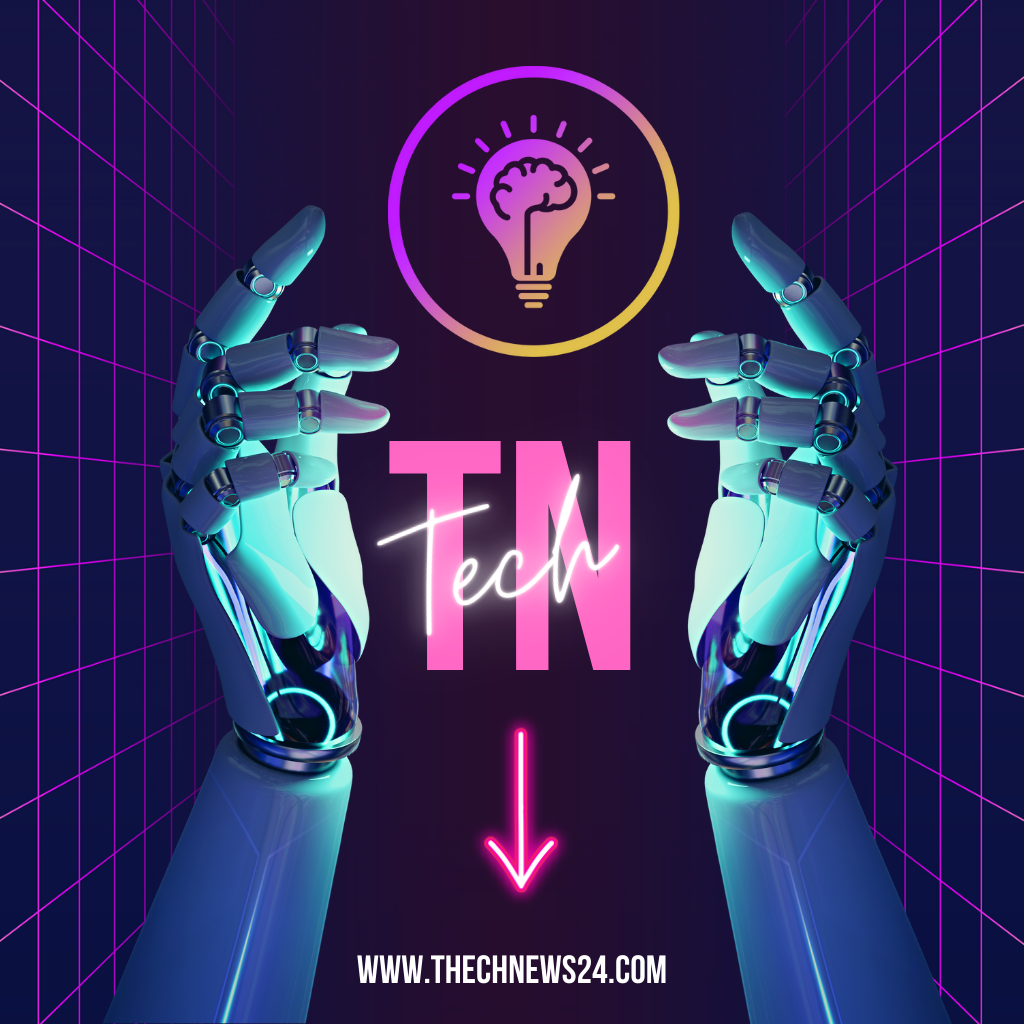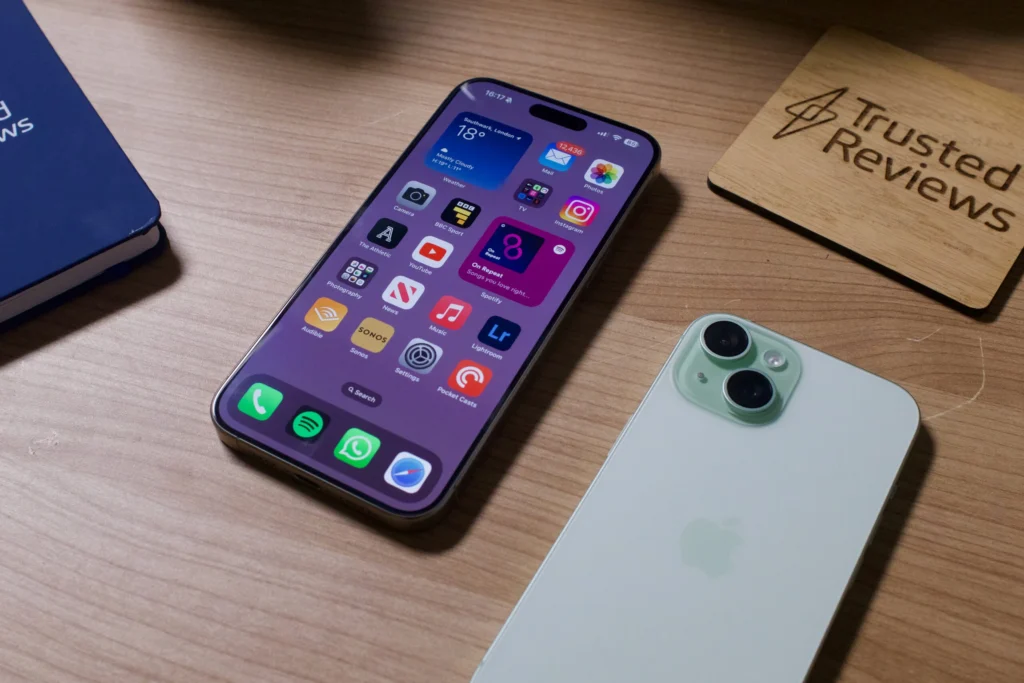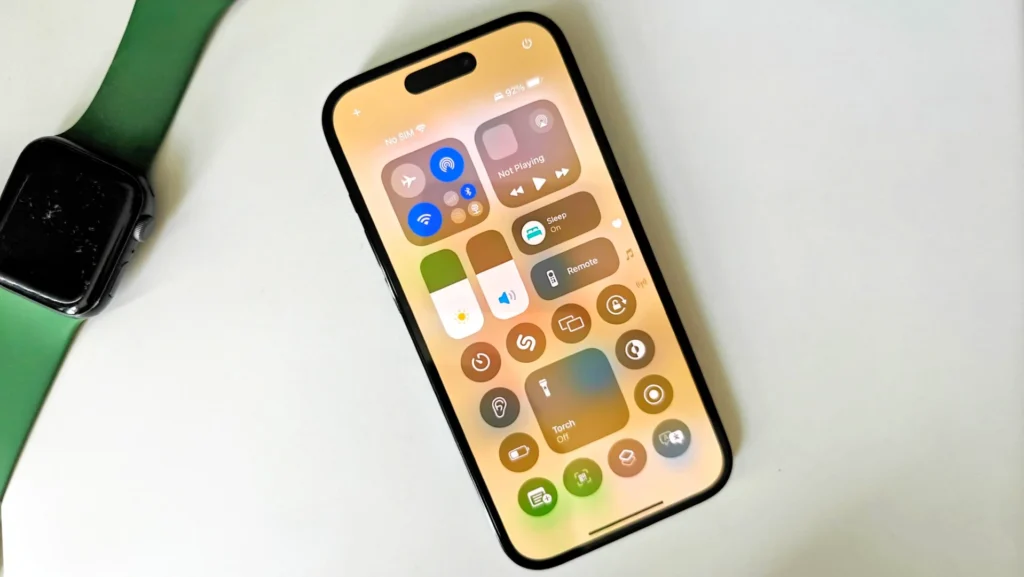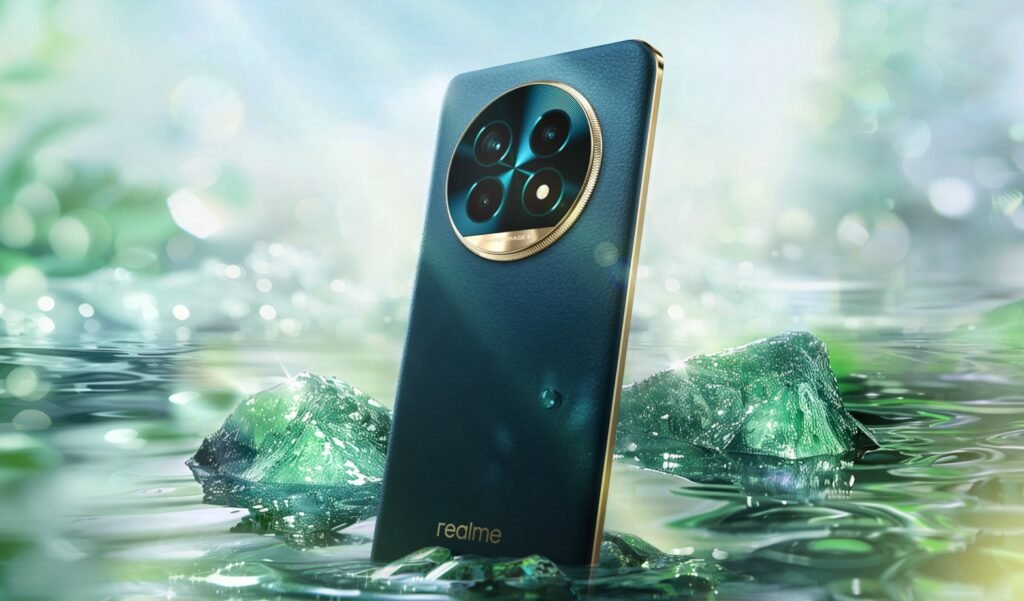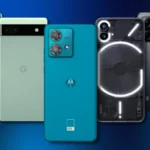Artificial Intelligence Products to Watch in 2024: The Future of Tech”
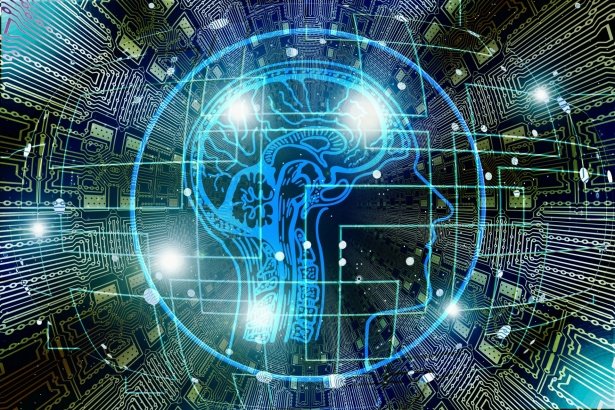
What the Latest AI Products Tell Us About The Future
Artificial intelligence was a subject only worthy of science fiction not long ago. It is probably the decisive technological event of our age, a thing which not only will decide how, to build industries in the coming times but also will change the ways human beings interact with technology. AI-driven products are fundamentally shifting, arguably, every industry today—from health to automotive. In this article, we will explore some of the most breakthrough and influential AI products in the news lately, which show off how powerful Artificial Intelligence can be in changing nearly anything.
Rabbit R1: Next Generation AI Handheld Assistant
THE Rabbit R1 ushers in a next stage of evolution in personal technology. Launched in CES 2024, this AI-Powered Handheld Device is minimally designed for legacy screens. As opposed to the notoriously swipe-y and tap-happy devices like smartphones, R1 takes the power of natural language processing to enable voice control with favorite apps.
Artificial Intelligence Products to Watch in 2024: The Future of Tech”
This device has also been very helpful for men who want to save their time from screen play. Further, with AI capabilities, Miko can understand and respond to complex queries and get stuff done for you or even control other smart pieces at your home. With a focus on voice input, the Rabbit R1 might truly be the start of something big—screenless gadgets powered by A.I.
These are Gold/Silver BurnsikNaqi Logix Neural Earbuds – Mind-Controlled | The Cool Gad
First, the Naqi Logix Neural Earbuds are coming to market in December. AirPods, they ain’t: besides being truly wireless, they incorporate neural technology to read both brain and muscle activity. One of the more prominent capabilities of this new form of mind control seemed to be the handling of things like a computer and other gadgets with the power of the mind—all of which, hitherto, we had seen only in science fiction.
Table of Contents
These earbuds could offer a non-invasive solution in comparison to brain implants and will probably be more affordable and less hazardous alternatives available on the market for those interested in neural interface technology. From gaming to productivity, these Neural Earbuds will serve applications that majorly push further the AI-enabling of human-to-computer interaction. Imagine surfing the web, playing video games, or controlling your smart home—all accomplished with just one thought. That is what this product will bring one step closer.
Volkswagen ID. A: AI on the Road
As for the automotive industry, this is Volkswagen leading AI integration within their fleet—with the ID. A safe assistant, for sure. Of course, support from AI hopes to attain better wearability, letting more human-like and intuitive interactions between the driver and vehicle happen in the same way.
For example, the addition of ChatGPT made possible the use of even more advanced voice commands, so that drivers can manage many functions inside their car without removing their hands from the steering wheel or their eyes away from watching traffic. Whether changing the settings of the climate control or trying to find a route back home, AI mechanics assist in alleviating the difficulty of driving. This is a great sign that companies are moving past simple automation, through the process earlier with WHAT3WORDS, which applied AI for Volkswagen, to include technology into their more sophisticated and context-based decision-making response systems.
Amazfit Helio Ring: AI and Wearable Health Tech
In broader contexts, the Helio Ring by Amazfit stands on the cutting edge of one trend that should surprise no one. Health and wellness are set to possibly be the fastest-growing sector when it comes to AI applications, and this smart ring will keep tabs on standard health metrics: heart rate, sleep patterns, and more, using AI to spit out personalized insights and suggestions all about healthy living.
Unlike other functional and dumped wrist wearables, this Amazfit Equator Helio ring genuinely learns from what it’s capturing over time. AI algorithms are analyzing data collected to provide personalized advice about how best you can improve your health: when to sleep/wake up, what type of workout regime would be ideal, or even dietary changes. The Amazfit Helio ring is your digital lifeline; hence, a personalized route to better health is an irreplaceable tool for people who want to take matters into their own hands.
Lenovo ThinkBook 13x Gen 4 SPE: Your Very Own AI-Screamed Laptops
As consumer electronics trend toward personalization in ever more granular ways, Lenovo’s ThinkBook 13x Gen 4 SPE lines itself squarely in this thematic shift. This is a concept laptop, through and through: it includes an AI-powered E-Ink display on the outside of the device so the user can take and personalize the screen with animations or images. This is a level of personalization—a step above traditional laptops, wallpapers, and themes.
This E-Ink display has more utility besides being just decorative; for example, it can display items such as notifications or calendar events that allow you to keep it visible with the laptop closed. Further, Lenovo is also enabling more dynamic and interactive computing experiences by coupling AI with hardware personalization.
MyWaves Technologies Pebble — AI Sleep Improvement
Many of these products now mean as significant recent advances in sleep technology as does AI. The case in point: The Pebble by MyWaves Technologies. Is a wearable that monitors brainwaves during sleep using AI to create personalized playlists which improves the quality of your snooze andopleによる無料の画像 from Pixabay The AI in the device will determine what type of music or sounds will be most likely to relax someone into a deep sleep analyzing their previous nights as well.
Certainly, that is quite a different spin on sleep improvement than some of the more traditional methods, which include generic tech solutions like white noise machines. Through the use of Pebble’s AI-driven personalization, maybe such conditions will help to create an environment set to shop around us in a more comfortable space for better sleep—maybe even rest.
Smart Home Integration: Automation with Artificial Intelligence
IoT homes have truly been a reality, with AI in control, home automation is reaching a completely new peak. Examples of such products in the market are voice-controlled assistants, like Google’s Nest and Amazon’s Alexa, that have outgrown simple voice recognition and become like AI systems through merit of your daily habits — not only to anticipate what one wants but when.
For example, Nest can now predict when you will be home to program the thermostat accordingly or give advice on ways you can use less power using your trends of usage. Along the same lines, Alexa has become more sophisticated in AI to handle questions combining smart devices and give refined shopping recommendations based on past purchases.
With that, devices, as well as systems of smart homes like the present one, are said to get even smarter through the application of AI becoming, therefore, so-called learning IoT products that learn from users’ feedback or lifestyle as they continue to operate them. In fact, further databasing is advanced — in AI getting better and these systems more intuitive — to a possibility where the extent of manual input required decreases, making home automation even more seamless.
Adobe Sensei within its Creative Tools
The company is pumping AI into creative industries, and Adobe Sensei is at the forefront of that effort. Adobe Sensei is Adobe’,s AI and machine-learning platform that lets many features, in use across the company’,s Creative Cloud suite–from Photoshop to Premiere Pro–flourish.
Sensei is for the creatives. In a way, using an intelligent feature means some level of automation in photo and video rendering, plus automation in edits as well. It saves the valuable time that you shift to the creative part: for example, from an instance when it deletes an object found in an image or gives layout ideas for a design to be made in its entirety ab initio, given some input parameters.
The AI-powered genius creative tool is not just a savior for all working professionals but also for those who have an interest in the field. It opens doors to new ways of creativity. As mentioned, we should perhaps expect more toward more powerful tools with the progress in AI technology. As the lines blur between man-made ingenuity versus machine-made ideas, we might just start working together with the machines to push our envelope of creativity further than we ever had.
Conclusion
Although this is currently limited to Japan, with neural processors coming into production and mention of an uptick in the price of AI, this list is but a small taste of what’s to come. AI will be the future of pretty much anything from health and wellness to auto and creative. One thing is for sure: we will be seeing more and more of it put into our lives as the next step post becoming more inextricably tied in with everything in general. AI has a bright future; these are just a few of the products that would help us with our way into this next era.
